Sani, who represented Kaduna Central in the 8th Assembly, pointed out 8 abandoned projects in Nigeria and the amount wasted on these projects.
Top 8 abandoned projects in Nigeria and amount WASTED;
1.Ajaokuta steel mills
Amount spent $8Billion.
2.Mambila Hydro Power plant
Amount spent $5.8Billion.
3.Brass LNG
Amount spent $10Billion but disputed by NNPC to be $1.9 Billion.
4.Abuja CCTV project…— Senator Shehu Sani (@ShehuSani) April 7, 2024
Nigeria is currently in a critical situation as the economy is in a bad state and the masses are at the receiving end of the current economic reality in the country. Some projects are meant to better Nigerians’ lives, and a large amount of money has been spent on them. Sadly, some of these projects have been overlooked and huge sums wasted.
Senator Shehu Sani, who represented Kaduna Central in the 8th Assembly, pointed out 8 of such abandoned projects in Nigeria and the amount wasted on these projects.
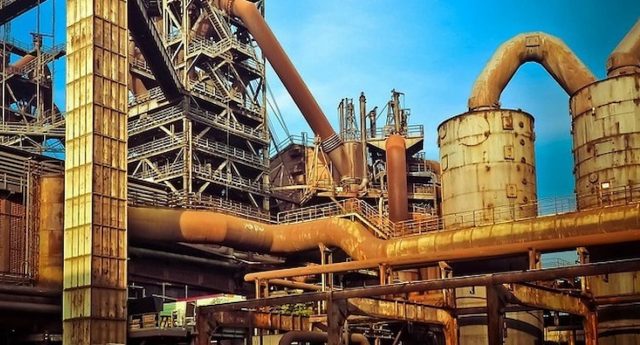
- Ajaokuta Steel Mills – Amount spent: $ 8 billion
The Ajaokuta Steel Company Limited was incorporated in 1979 under President Shehu Shagari who began the project which was 84% completed by the time of his removal from office in 1983. The steel mill reached 98% completion in 1994, with 40 of the 43 plants at the facility having been built. The Ajaokuta Steel Mill is still unfinished, abandoned, four decades after construction began.
In 2002, the Nigerian government under Olusegun Obasanjo concessioned the project to Japanese Kobe Steel in an attempt at revitalization, however without much success. In 2004, the project was again transferred to Ispat Industries. The deal was financed by Global Infrastructure Holdings Limited (GIHL) (now Global Steel Holdings Limited, GSHL), which is chaired by Indian steel magnate Pramod Mittal. The concession ended in 2008 after the government accused GIHL of asset-stripping. GIHL then sued the Nigerian government.
The dispute was initially resolved in 2016, with Nigeria regaining control of the Ajaokuta Steel Mill in exchange for GIHL retaining the Nigerian Iron Ore Mining Company (NIOMCO) operating at Itakpe. In 2022, the Nigerian government paid $496 million to GSHL to settle the claims.
The Ajaokuta Steel Mill still had not produced a single sheet of steel by December 2017. The light mills were finally put into operation in 2018 for small-scale fabrication and three-quarters of the plant has been abandoned, including the large-scale equipment and the internal railway.
In 2019, at the Russia-Africa Summit in Sochi, Nigerian President Muhammadu Buhari and his Russian counterpart Vladimir Putin agreed on a revitalization of the steel mill with Russian support. A task force within the Nigerian government was set up to revamp the project with funding from the Afreximbank and the Russian Export Center. However, the COVID-19 pandemic delayed and ultimately thwarted these plans.
In January 2024, the Nigerian government announced that it had commenced discussions with Chinese steel company Luan Steel Holding Group to revive the Nigerian steel industry, including the production of military hardware at Ajaokuta Steel Mill. Hopefully, this abandoned project will be completed.

2. Mambila Hydro Power plant – Amount spent: $ 5.8 billion
The Mambilla Hydropower Plant Project has been planned for over 40 years and abandoned at various intervals. It is expected to connect to four dams across the Donga River. Moto Columbus reportedly carried out the first preliminary feasibility study for the Mambilla Hydropower Plant in 1972, but attempts to construct the power station have been unsuccessful up to now.
Constructed in 1982, the main Mambilla Dam is a large roller-compacted concrete dam and reservoir at 1,300 metres (4,300 ft) above sea level. From this dam, water is diverted off the reservoir towards the western side of the plateau through four hydraulic tunnels totalling 33 kilometres (21 mi), intercepted by four smaller dams: Nya, Sum Sum, Nghu, and Api Weir.
Beyond these dams, the tunnels lead into a 1,000-metre (3,300 ft) drop shaft tunnelled down through the rock to a massive underground power station with a generating capacity of 3,050 megawatts (4,090,000 hp). Passing through a short tunnel, the water then exits the base of the plateau and flows into a tributary river that rejoins the Donga River downstream of the plateau. On 30 August 2017, the Federal Executive Council (FEC) approved the award of the construction contract to a consortium of Gezhouba Group, Sinohydro, and CGCOC Group hoping to revive and complete the abandoned project.
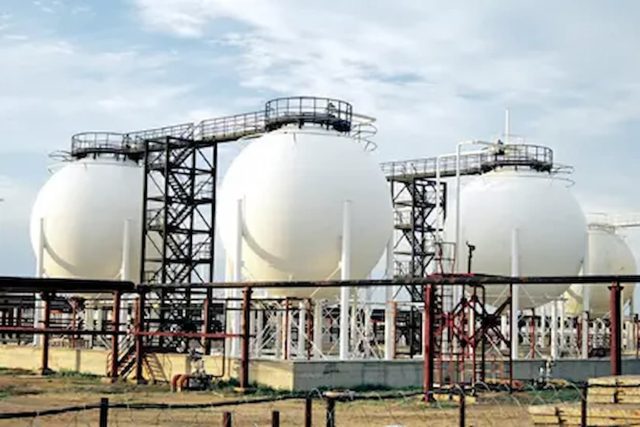
3. Brass LNG – Amount spent: $ 10 billion
In October 2003, the Nigerian National Petroleum Corporation (NNPC), U.S. firms Chevron and ConocoPhillips, and Italian firm Eni signed an agreement to create Brass LNG Limited. The Company was formed to construct and operate a Liquified Natural Gas Plant to be sited on the Island of Brass, Bayelsa State, in Nigeria’s Niger Delta. In November 2004, Brass LNG Limited awarded a construction contract to Bechtel to build a two-train, 10 million metric tons per year (mtpa) liquefied natural gas (LNG) terminal in Nigeria’s Bayelsa state. The plan was for construction to begin in Q3 2006. Since then, different companies have rotated in and out of the project. Chevron left in 2006, while Total joined in 2008. ConocoPhillips pulled out of the project in 2014, as part of their overall withdrawal from Nigeria leaving NNPC, Eni, and Total as the participating companies.
Originally, the project was supposed to cost around $8.5 billion. However, some officials put the cost upward between $15 billion and $20 billion. In January 2017, after lying dormant for years, the project was rekindled following a meeting in London. $1 billion had already been spent on the project as of that date, but no final investment decision (FID) had been signed. By March 2017, the project’s sponsors needed to find a new company to take on ConocoPhillips’s share. In June 2017, NNPC said that the project’s sponsors were trying to redesign the project and find a market for the LNG; these tasks would need to be completed before an FID could be signed. In April 2022, Nigeria’s government indicated that it was looking to revive the abandoned project.

4. Abuja CCTV project – Amount spent: $460 million
The close-circuit camera project was part of the National Public Security Communications System (NPSCS) contract awarded in 2010 to a Chinese company, ZTE Corporation, at $460 million by the Muhammadu Buhari administration. The Chinese Exim Bank provided a $ 399.5 million loan while the federal government paid the balance of 15 per cent, amounting to $70.5 million in counterpart-funding. Some 1000 units of CCTV cameras were supposed to be installed in Lagos and Abuja. The purpose of the CCTV contract was to facilitate real-time online communication between security agencies to enhance their capacities in fighting crime.
A Federal High Court in Abuja in May 2023 ordered the government to “account for the spending of $460 million Chinese loan to fund the failed Abuja Closed-Circuit Television (CCTV) project.” The Court also ordered the government to “publish the total amount of money paid to Chinese and local companies and contractors and specific details of the names of the companies and contractors and status of the implementation of the project.” The suit followed the disclosure in 2019 by the then Minister of Finance, Zainab Ahmed that “Nigeria was servicing the loan. I have no information on the status of the CCTV project.”
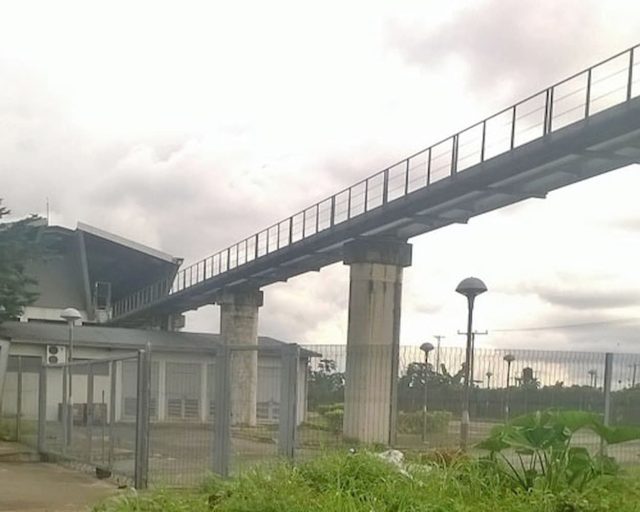
5. Rivers State Monorails – Amount spent: $400 million
The $400 million project was awarded by the Chibuike Rotimi Amaechi-led administration in 2012 to improve transportation and decongest traffic in the popular Port Harcourt-Aba road and bring succour to numerous residents of the state who could not afford the increasing cost of commercial road transportation. The project started in full swing in 2013 with the installation of pillars along the stretch of Port Harcourt. But 12 years down the line, the gigantic monorail pillars erected from the popular UTC junction to the Station road in Port Harcourt have become a monument of shame and abandonment.
The abandoned project had many features and was supposed to be in many compartments. The planned construction of the monorail is to be in two phases. Phase 1A started from Sharks Port station to UTC station with an intermediate stop at Azikiwe station. Phase 1B extends the route to the North with three stops at Isaac Boro station, Garrison station and Water Lines. The overall distance from Sharks Park to Waterlines was to be 5.4 kilometres.
The system was to use Intamin People Mover P30 monorail trains and one vehicle was delivered. One train was to be in operation in Phase 1A and six in Phase 1B. After guzzling a whooping sum of money, the project has become a relic of waste to the government of Rivers State. Out of phases 1A and 1B, expected to stretch up to the popular Garrison to Waterlines in Port Harcourt, only a few pillars were erected from the UTC to the Station bus stop.

6. Dredging of River Niger – Amount spent: N34 Billion
The Nigerian government is said to have spent not less than N34 billion on dredging of the Niger. In 1999, the federal government under the then head of state, General Abdusalami Abubakar, announced that the Petroleum Trust Fund (PTF) would embark upon the dredging of the River Niger to improve navigation and commerce in the hinterland. The proposed dredging route would be from Warri (Delta State) in the western part of the Niger Delta estuaries, up to Baro (Niger State) in the upper regions of the middle Niger. N8.3 billion was earmarked for the project that would result in ocean-going vessels being able to ply up the Niger and discharge their cargo at Onitsha and Baro, which would respectively be equipped with complete berthing and cargo handling facilities.
There was a loud protest from the people of the Niger Delta in particular and other potentially affected communities to the effect that since an environmental impact assessment has not been done, it was irresponsible for the government to give the go-ahead for such a massive environmental alteration project. Subsequently, the government got the management committee of the PTF to complete an EIA, without making the document available to wide public scrutiny. And in November 1999 President Olusegun Obasanjo approved the dredging of the River Niger, at an increased cost of N8.6 billion. Since then, subsequent administrations have made it a point of duty to include this project in their capital projects with funds earmarked with little to show.
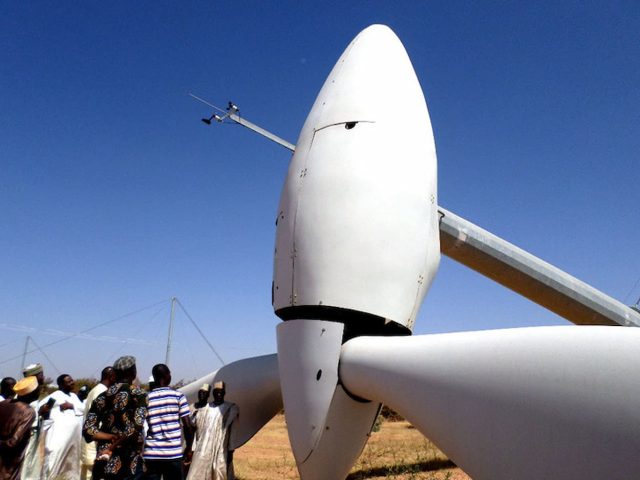
7. Katsina Windmills – Amount spent: N4.4 billion
The Katsina wind farm project was initiated by late President Umaru Musa Yar’adua in the year 2005 when he was the Governor of the state to complement power generation and boost renewable energy. The intention was to introduce a new model and a cheaper and cleaner alternative source of energy that could be replicated across the country following frustration with hydro and gas electricity generation sources. The glimpse of the standing turbines with two blades is truly a grim reminder of circumstances that stalled the commissioning of the project after over 4 billion Naira had gone down the drain.
The Drama started with the kidnapping of the French engineer from Collomp, France, who was later rescued in Zaria. It was abandoned and was to be resuscitated after various teams visited the site, including ministers of power, who confirmed the damages caused by rodents and human vandals to the project. In the year 2017, the federal government allocated close to one billion naira again for the completion of the project, but only the transmission line was commissioned leaving alone the main project. At present, some of the turbines remain intact and the substation is yet to be constructed.
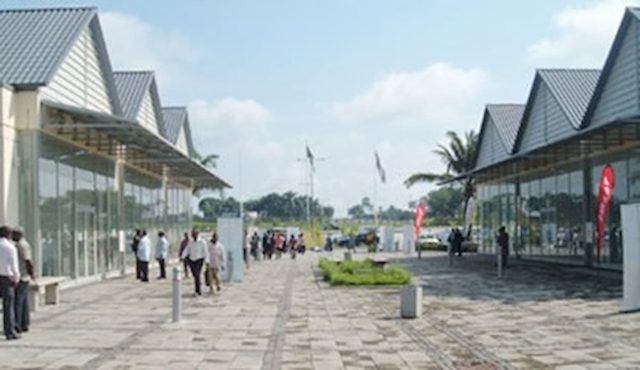
8. TINAPA free trade zone – Amount Spent: $350 million
Tinapa was initiated by Governor Donald Duke as a way to boost business and tourism in Cross River state. Over $350 million was spent on the initial development. The first phase of Tinapa Business Resort & Free Zone, Calabar, was commissioned on 2 April 2007. The legal status of the Tinapa Free Trade Zone has been uncertain. It is owned by the Cross River state government, but only the Federal government can operate a free trade zone. Liyel Imoke who took over from Duke appealed to the Federal Government to take a stake in the project and to remove uncertainty about its status which is hindering investment.
In 2013 the Nigerian Customs Service (NCS) claimed that the Free Trade Zone was not properly constituted and began charging duty on purchases as they were brought out of the zone. This led to many shop owners exiting the zone, which almost became moribund.
OrderPAPER initiatives through the GIFT project
In this wake of widespread concern over abandoned public projects draining valuable resources, OrderPaper, through the Growth Initiatives for Fiscal Transparency (GIFT) project, spearheads a proactive approach to address this issue. GIFT is dedicated to advocating for prudent spending of public funds and effective debt management through targeted fiscal policy reforms, including the amendment of the Fiscal Responsibility Act (FRA) of 2007. The amendment of the FRA will give enforcement powers to the Fiscal Responsibility Commission (FRC) to check corruption and instil prudence, transparency, and accountability in Nigeria’s public finance management.
By championing transparency, accountability, and responsible fiscal practices, GIFT aims to curb the wastage of public funds and ensure that resources are allocated efficiently and effectively. The GIFT also provides platforms for citizens to report issues of wastage of public funds and abandoned projects within their communities through the radio and social media awareness. Through collaborative efforts with government stakeholders and civil society partners, the GIFT plays a crucial role in safeguarding against the recurrence of abandoned projects, ultimately contributing to the prudent management of public finances and fostering sustainable development for the benefit of all Nigerians.




One comment
A madu
April 13, 2024 at 7:21 pm
That is why people see Nigeria as a consuming nation not a producing type.
Today they want indulge in constructing a coastal road of ten Kane’s while there here and there abandoned project. Instead of investing on Ajaokuta steel industry that will boost the economy they are involving in road construction.
What a. Shane to our leaders ,they are too brainless